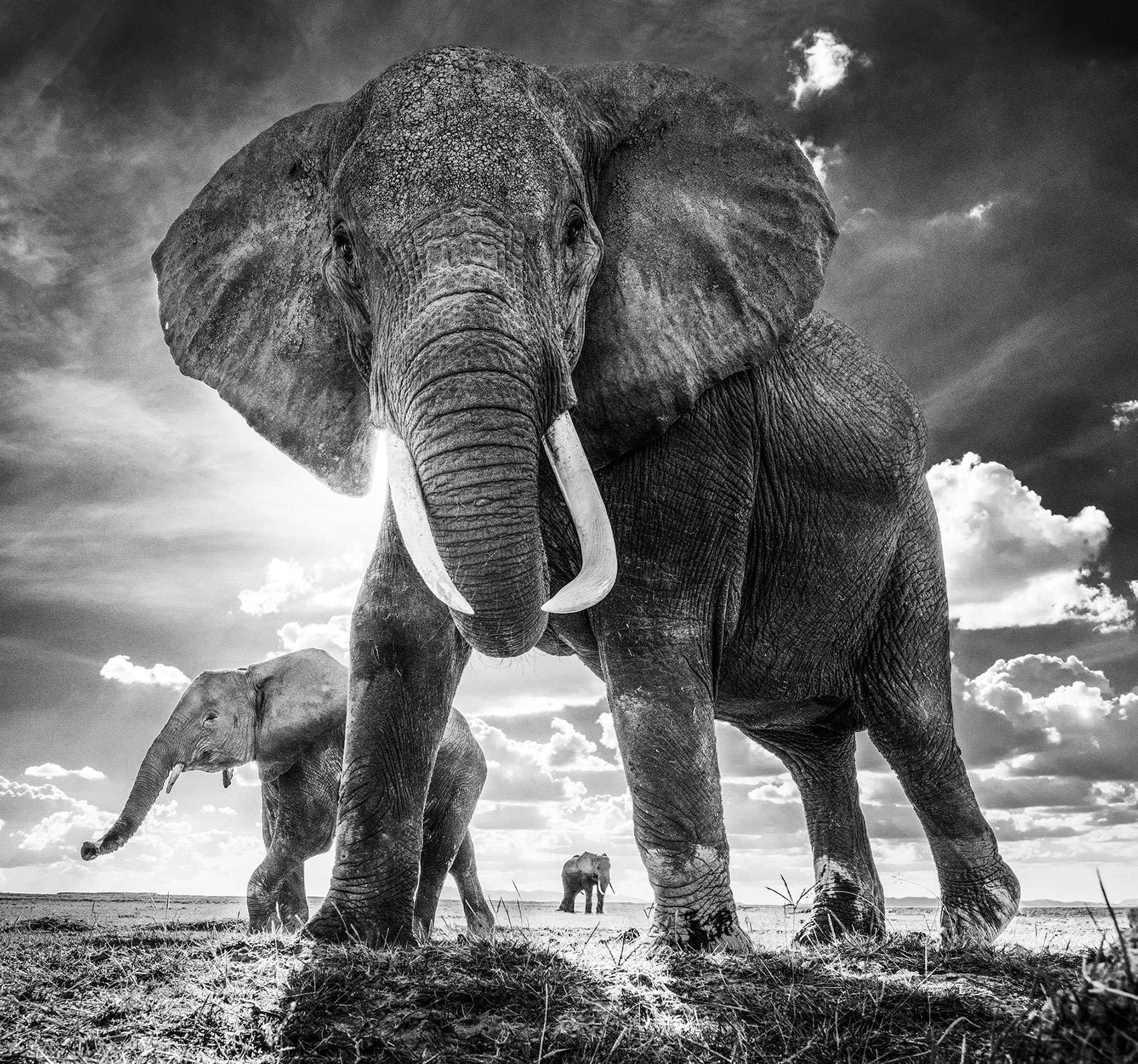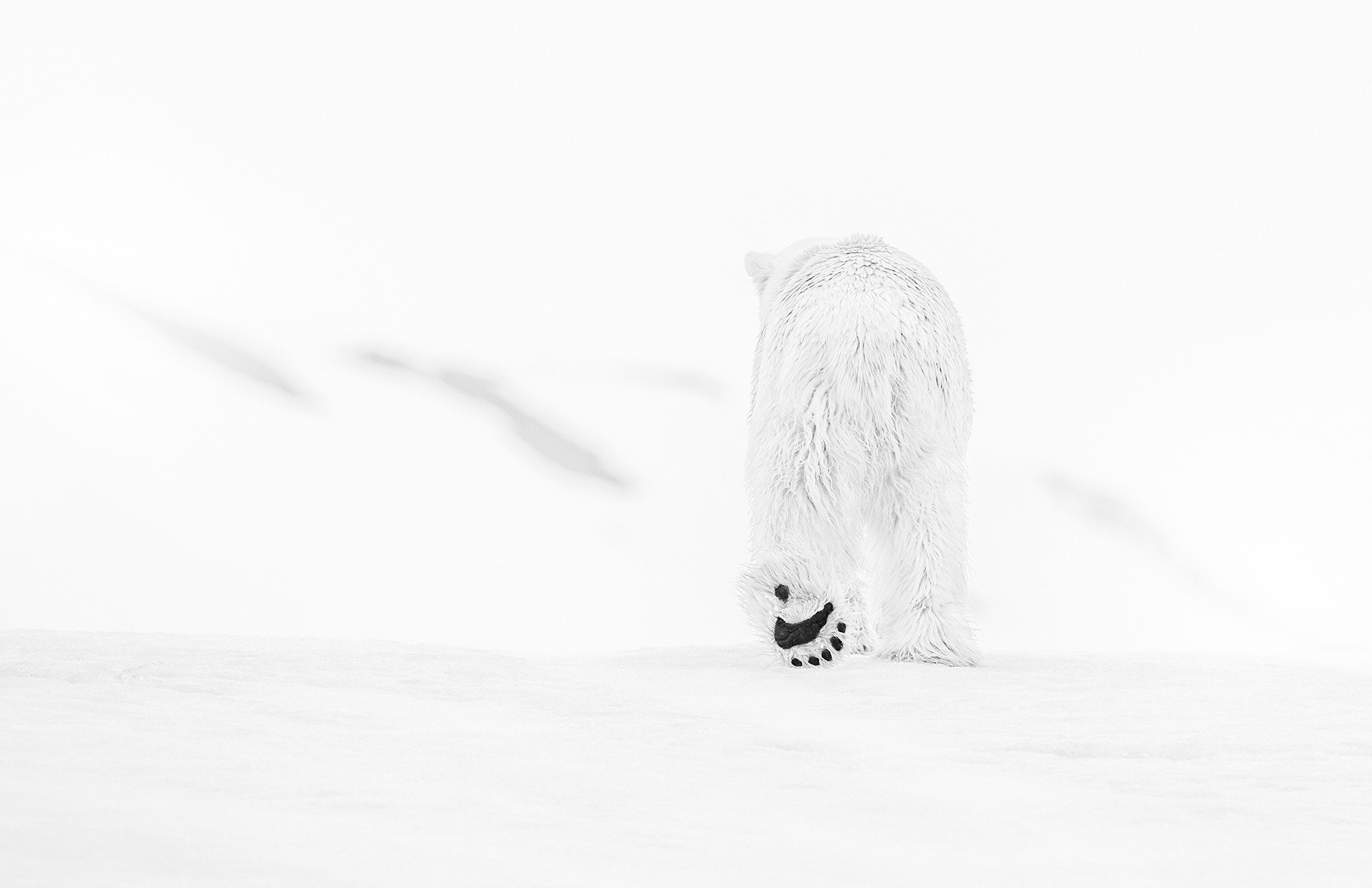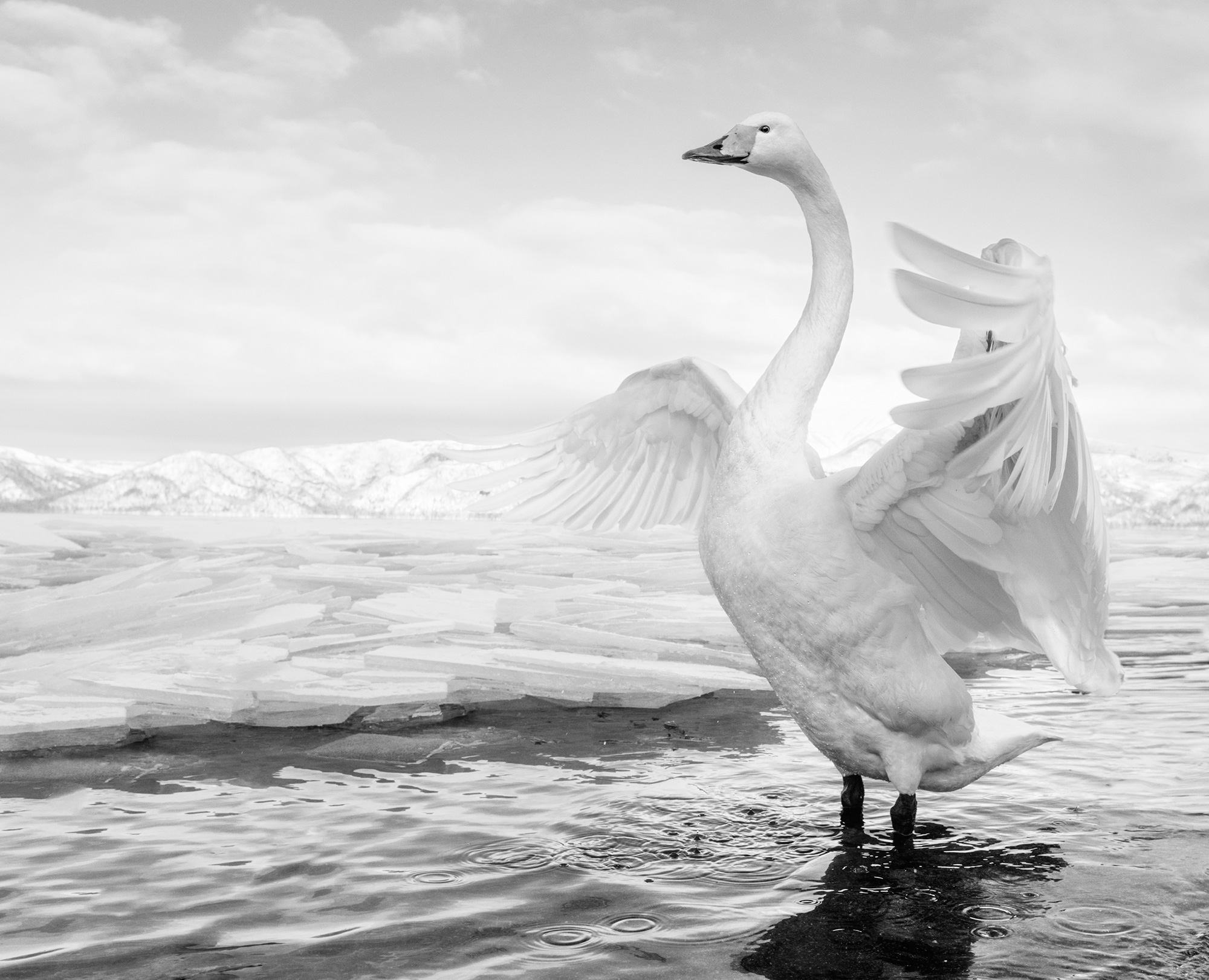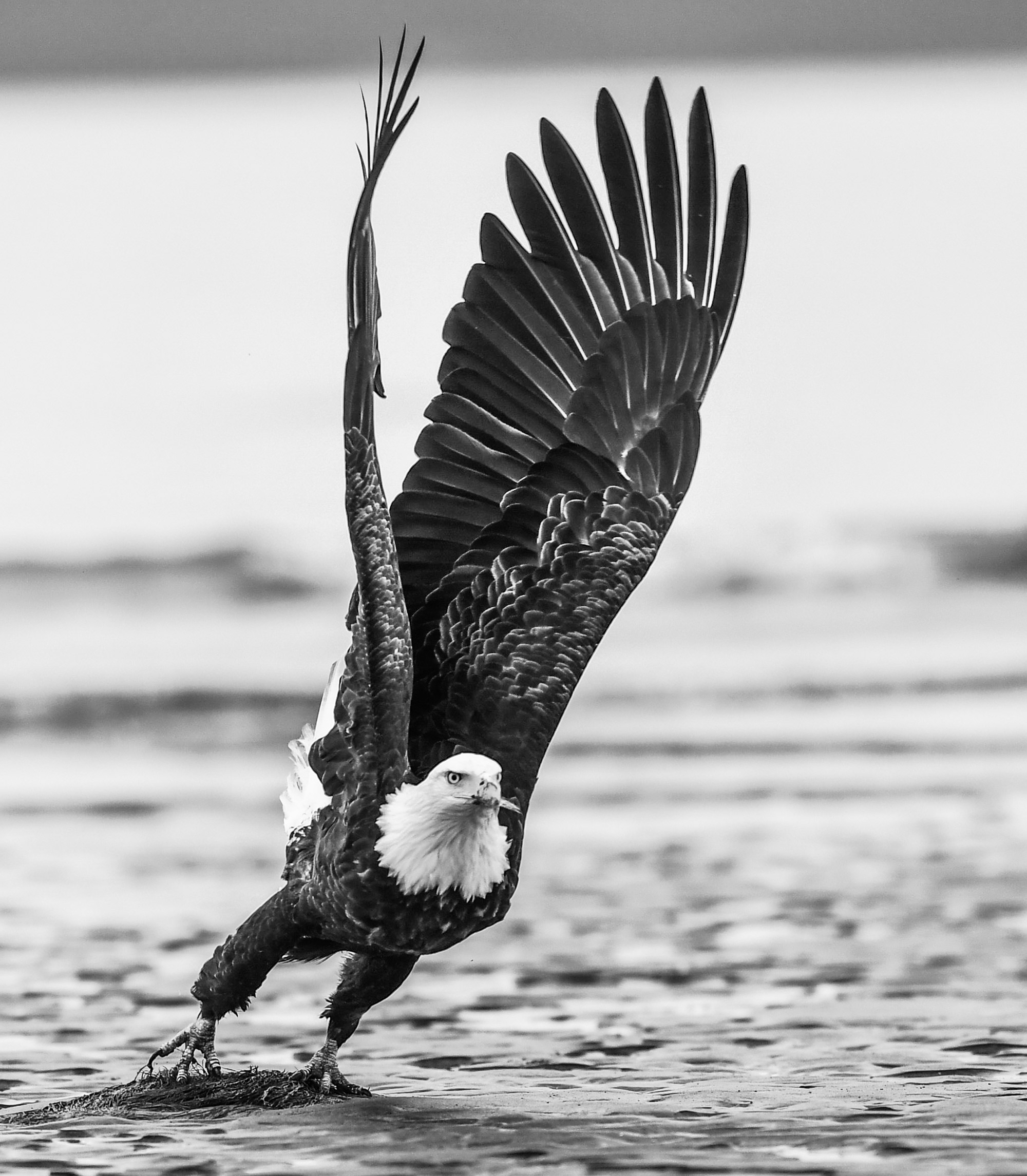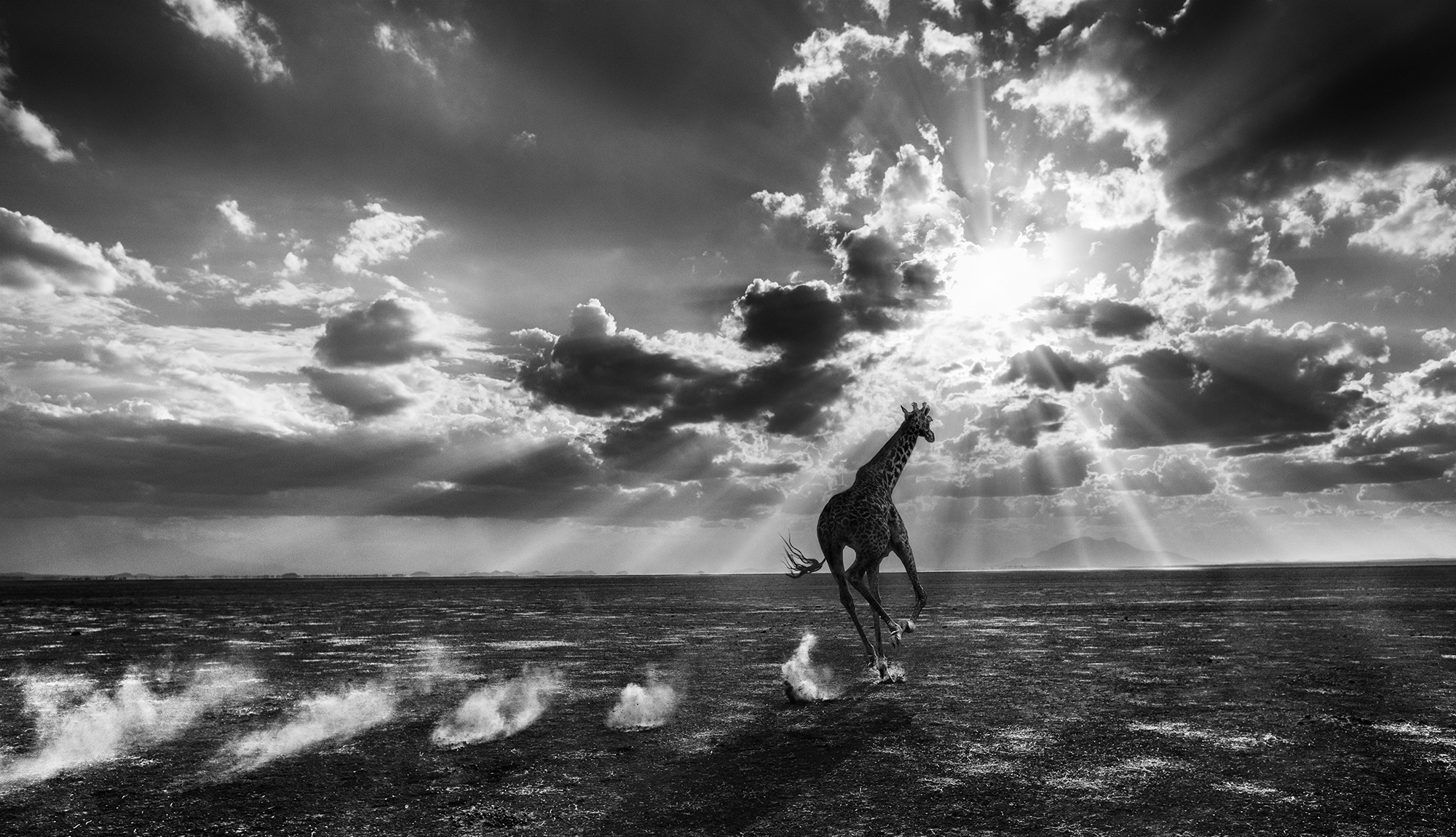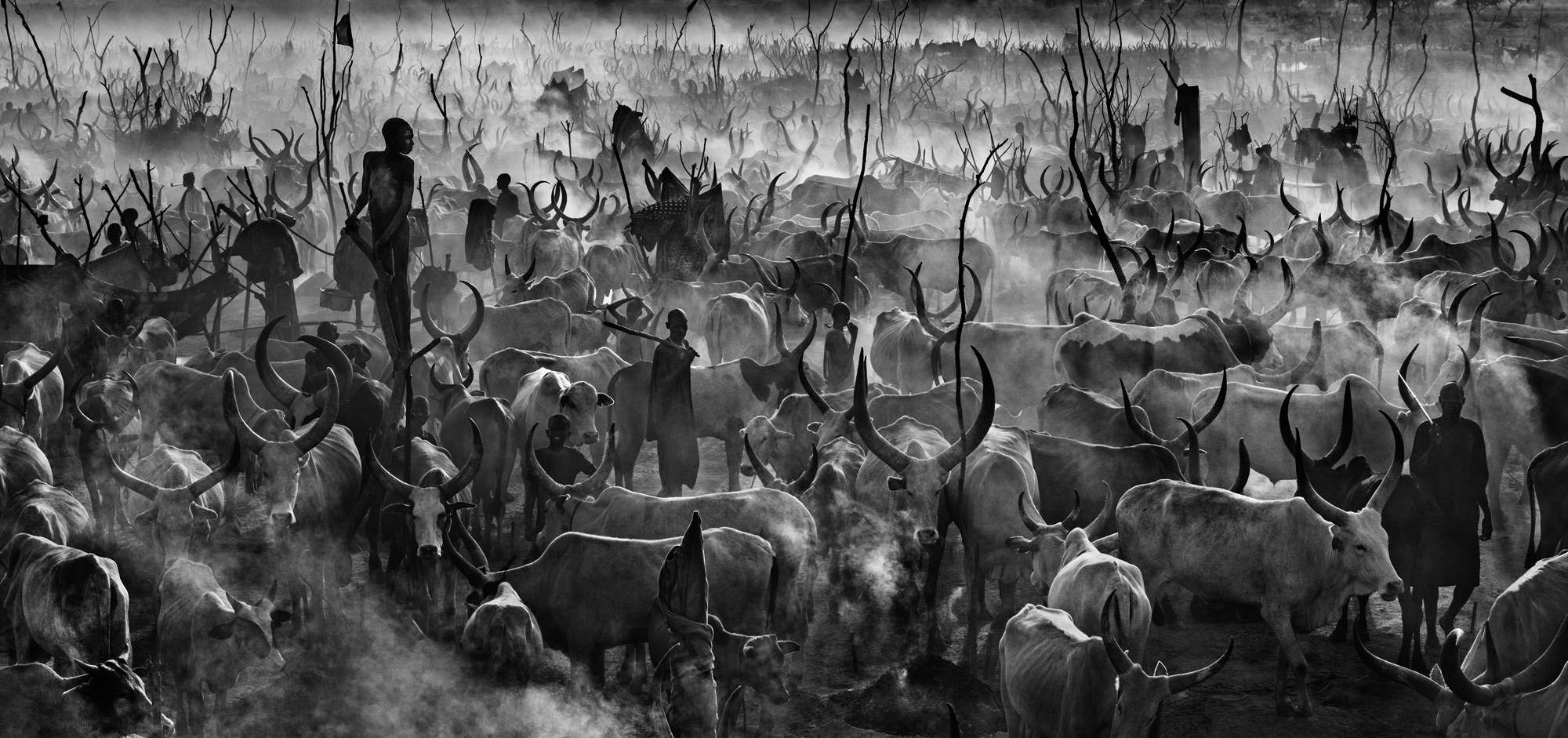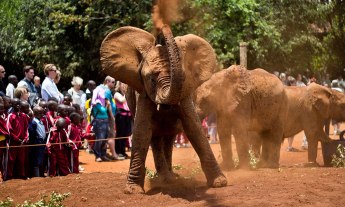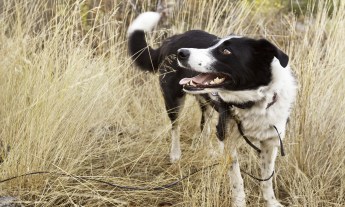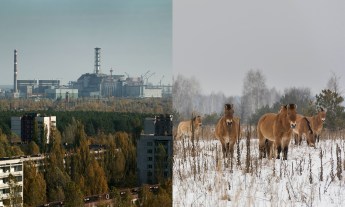Want to take pictures that will make people gasp? Photographer David Yarrow shares his advice on how to avoid the played-out and zoom in on the unexpected.
Over his 30-plus years in photography, David Yarrow (TEDxEton Talk: Wild Encounters–the story of what I do differently) has waded through the crocodile-infested Nile, taken a selfie reflected in the eyes of a polar bear and watched countless cameras get gnawed on by lions — all in the quest for a wildlife image like you’ve never seen before. “My goal is to take four good pictures a year,” the London-based Yarrow says. “I want to take pictures that stop people in their tracks.” Below, he discusses how he captured some of his favorite images, with suggestions that all photographers can use.
Battle boring.
Yarrow jokes, “If you ever get a sunburn on the back of your neck, you’re not a very good photographer.” That’s because he defies what so many of us have been told — and frequently photographs into the light. He took this shot with a remote-controlled camera and a wide-angle lens at Kenya’s Amboseli National Park, one of his favorite places to work for its dusty expanses and cinematic skies. “The big bull had to block the late afternoon sun — otherwise there would be no picture — and he kindly did that, which allowed the lighting to be energetic and dramatic,” he says. While Yarrow plays fast and loose with his techniques, there is one rule that he always stands by, regardless of the subject or the setting: “Be tough on what is boring. Most things in life are boring.”
Focus on the essence of your subject.
When Yarrow is planning to photograph a particular animal, he and his team will often sit down and list all the words they associate with that creature. This exercise “prompts me into thinking about how to take its portrait in a way that does it justice,” he says. For the bison, he wanted to capture its “fortitude and resilience” — which also meant the portrait needed to be taken during winter at America’s Yellowstone National Park, when life is most challenging for bison. While many photographs of bison showcase their massive, powerful bodies, Yarrow feels their shaggy, stoic faces are the more striking feature. “I sensed that any picture that didn’t recognize this would miss my goals.”
Leave it to viewers to fill in the blanks.
Yarrow typically photographs wildlife in black and white. “We live our lives in color, so a departure from reality is refreshing,” he says. He likes creating pictures that demand more from his audience, like this untraditional polar bear image. “It’s made complete by its lack of completeness — the storytelling is started by the camera and finished by the viewer.”
Think about what you’ve already seen, and veer away.
Before Yarrow shoots a subject — animal or human — he always does research to see the work of other photographers and to figure out a new angle. With swans — an animal that is, he says, “an inadvertent accomplice to lazy postcard photography” — he knew he wanted to see as much white as possible, inspired both by the bird’s pristine ivory feathers and by visions of the 1965 film Dr. Zhivago. He eventually decided the snowy landscape of Hokkaido, Japan’s northernmost island, would offer the perfect backdrop. “My approach was to create a dream, not necessarily report on reality,” he says. “The greater the cocktail of whites, the greater the possibility of an image that could be ethereal as well as evocative.”
Find a way to establish scale.
There’s no shortage of dramatic photos of the American bald eagle. For Yarrow, the trick to photographing overexposed subjects is to find “fresh detail.” However, he had difficulty taking a picture that met his standards. For example, because we’ve all seen many photos of eagles in flight with their wings lifted horizontally, he didn’t want anything that looked like that. He also wanted to emphasize the impressive length — up to seven feet — of their wings. “In flight, there is a disconnect to anything that gives real scale,” he says. Having only the sky as backdrop “doesn’t help; it excludes much of what could help define and give it context.” After getting soaking wet from the surf on the beach of Homer, Alaska, he finally achieved a unique take — not only are the wings in an unusual vertical position, but the wings’ opposition to the bird’s body and legs provide the contrast he desired.
Lose the telephoto.
Many wildlife photographers rely on telephoto lenses to avoid disturbing their subjects and to protect their safety. Not Yarrow. “The relationship between photographer and subject diminishes, the longer the telephoto,” he says. With dangerous animals, he prefers to either photograph them from inside a sturdy cage or use a remote-controlled camera, and he’s become known for the latter technique. Knowing where to place a remote camera and when to press the trigger requires “a considerable amount of behavioral research and predictive analysis,” he says. To capture this grizzly bear in Alaska, he placed a wide-angle lens along its fishing path and snapped the image when the bear was two feet away. “I’ve spent many days working close to grizzlies, and this is surely my most visually arresting photograph,” Yarrow says. “You can see every detail in that bear, and that’s why it’s a strong picture.”
Know when to break the rules.
To achieve this shot in Kenya’s Amboseli National Park, Yarrow followed two of his go-to approaches: he chose a wide-angle lens over a telephoto, and he shot as low to the ground as possible (he dangled out of a moving jeep) — as well as shooting into the light. However, he knows when to improvise. Although he usually tries to position himself in front of or parallel to the animal, he decided this rule could get a pass so he could capture the drama of the dust being kicked up. “We are in the wild, not a studio, and it’s often better to just go with the flow and think spontaneously,” he says.
Create images that invite second — and third and fourth — looks.
Yarrow aims for images that compel viewers to keep coming back and notice something new. This image, which he titled “Mankind,” was taken at a Dinka cattle camp in South Sudan. After studying the photographs that had already been taken in the area, Yarrow decided he wanted his image to capture the depth and scope of a camp scene. To do that, he decided to take his photo from above (he brought a ladder to stand on). As a result, he could silhouette the crowd of livestock and people against the smoke used by the tribe to fend off mosquitoes. The resulting photo is equal parts vibrant and otherworldly, exactly the effect that Yarrow was hoping to achieve. “Mankind is heavenly on one glance and Dante’s Hell on the other,” he says.
The self-taught Scottish lensman — who has a degree in economics — began his photography career covering sports, and even now, Yarrow doesn’t restrict his photography to wildlife. He is fascinated in how people live around the world, and he’s traveled to Nigeria, Namibia, Bangladesh and more to photograph indigenous communities. (Many of his images of animals and people have been collected in the 2016 book Wild Encounters: Iconic Photographs of the World’s Vanishing Animals and Cultures.) Most recently, he went to North Korea to capture the residents of that secretive nation. Yarrow also works closely with wildlife conservation organizations WildArk and The Tusk Trust as a photographer, ambassador and philanthropist.
All images courtesy of David Yarrow.

